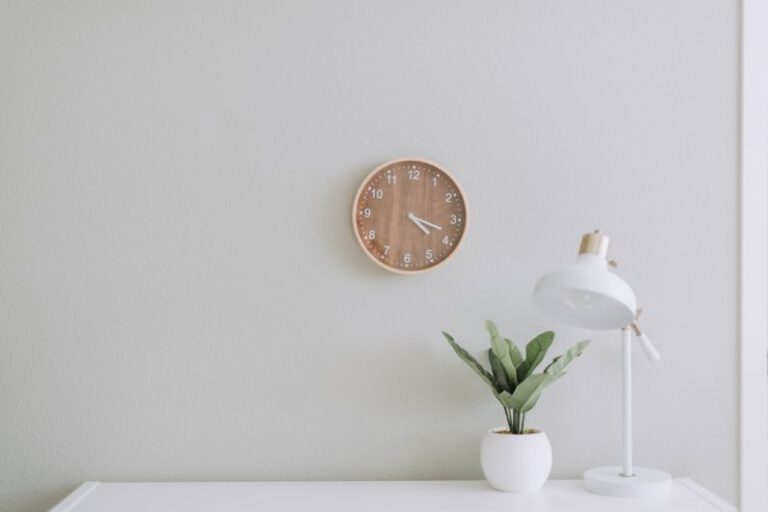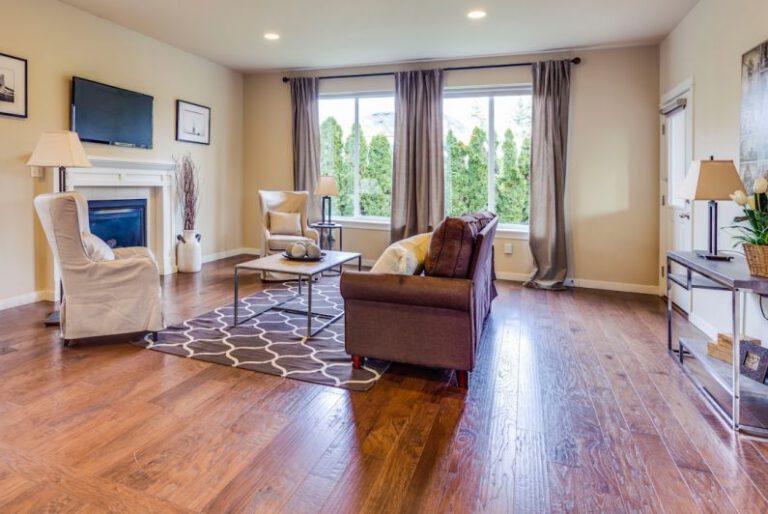Are Diy Kitchen Backsplashes Possible for Beginners?
When it comes to kitchen renovations, the backsplash is often considered a crucial element that can completely transform the look of the space. A backsplash not only protects your walls from spills and splatters but also adds personality and style to your kitchen. While hiring a professional to install a backsplash can be expensive, many homeowners are now turning to the idea of DIY backsplash projects to save money and showcase their creativity. But the question remains – are DIY kitchen backsplashes possible for beginners? Let’s explore this topic further.
Understanding the Basics
Before diving into a DIY backsplash project, it’s essential to understand the basics of what it entails. A kitchen backsplash is a vertical extension of the countertop that protects the wall from water, grease, and food splatter. It can be made from various materials such as tile, glass, metal, or even peel-and-stick options. The installation process typically involves measuring and cutting the material to fit the space, preparing the wall surface, applying adhesive, and placing the tiles or panels in a desired pattern.
Choosing the Right Material
One of the key decisions you’ll need to make when planning a DIY kitchen backsplash is selecting the right material. For beginners, peel-and-stick backsplash tiles are often the easiest and most cost-effective option. These tiles come in a variety of colors, patterns, and finishes, allowing you to achieve a customized look without the need for specialized tools or skills. Alternatively, ceramic or porcelain tiles are popular choices for a more traditional and durable backsplash. Whichever material you choose, make sure to consider factors such as maintenance, durability, and overall aesthetic appeal.
Tools and Supplies You’ll Need
Before starting your DIY backsplash project, it’s important to gather all the necessary tools and supplies. Some essential items you may need include a tape measure, pencil, level, tile cutter or snips, adhesive or mortar, grout, spacers, and a grout float. Depending on the material you choose, additional tools such as a notched trowel or a sponge may be required. While investing in quality tools can make the job easier and more precise, you can often find affordable options at your local hardware store or online.
Preparing the Workspace
Preparing the workspace is crucial to the success of your DIY backsplash project. Start by cleaning and priming the wall surface to ensure proper adhesion of the tiles or panels. Remove any existing backsplash, repair any imperfections in the wall, and allow the surface to dry completely before proceeding. It’s also a good idea to lay out your tiles or panels beforehand to determine the layout and make any necessary cuts or adjustments.
Installation Tips for Beginners
When it comes to installing a DIY kitchen backsplash, there are a few tips that can help beginners achieve a professional-looking result. First, start with a clean and level surface to ensure that the tiles adhere properly. Use spacers to maintain consistent spacing between tiles and create a polished finish. Additionally, work in small sections to prevent the adhesive from drying out before you can place the tiles. Finally, take your time and double-check measurements and alignment throughout the installation process to avoid costly mistakes.
Adding a Personal Touch
One of the benefits of DIY kitchen backsplashes is the opportunity to add a personal touch to your space. Whether you choose a bold pattern, a sleek monochromatic design, or a textured finish, your backsplash can reflect your style and personality. Consider mixing different tile shapes or colors, creating a mosaic pattern, or incorporating decorative accents to make your backsplash truly unique. Don’t be afraid to experiment and have fun with the design process – after all, it’s your kitchen!
Embracing the DIY Mentality
In conclusion, DIY kitchen backsplashes are indeed possible for beginners with the right tools, materials, and preparation. By understanding the basics, choosing the right material, and following installation tips, you can create a beautiful backsplash that enhances your kitchen’s aesthetic appeal. Remember to embrace the DIY mentality, be patient with yourself, and enjoy the process of transforming your space. With a bit of creativity and determination, you can achieve a professional-looking result that you can proudly say you did yourself. So, roll up your sleeves, gather your supplies, and get ready to tackle your next home improvement project!






